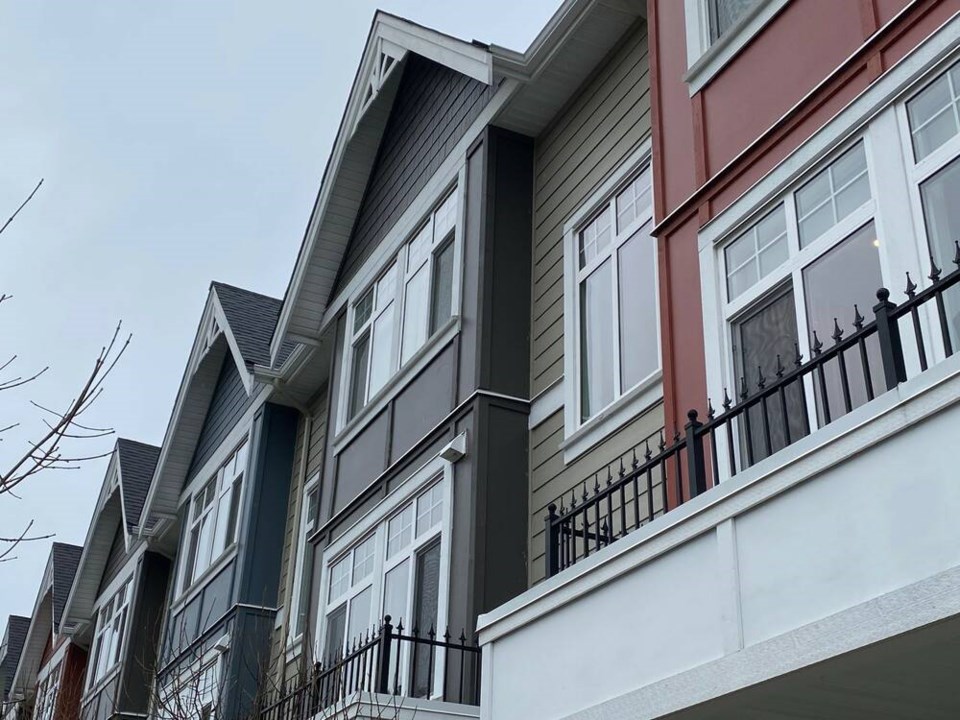A recent Metro Vancouver report paints a picture of resident and immigrant housing and other preferences in the City of Delta and the region.
The report to the Regional Planning Committee, Metro Vancouver Resident and Immigrant Behaviour Model: Phase One and Two Report, was developed to better understand housing and neighbourhood needs as well as preferences of long-term residents and immigrants.
Metro’s Social and Community Data Land Use Model project was initiated in 2022 and, to-date, comprises two phases.
Phase one included acquiring and analyzing data about recent relocation patterns using tax filer information, while the second phase included a survey about current and preferred housing types, living locations and modes of commuting to work.
The aim is to assist in the planning of future regional growth, urban design patterns and infrastructure investment activities, according to the report.
The regional district notes that long-term residents for the study are defined as those who were born or arrived in Canada before the year 2000, while immigrants are defined as those who were not born in Canada or arrived in the year 2000 or after.
The survey found that both cohorts are motivated to live in the region largely due to employment opportunities and a favourable climate, while immigrants are more likely to move within the region, and long-term residents tend to remain in a single location.
Long-term residents living in Coquitlam, Delta or Langley City, and to a lesser extent immigrants living in Surrey, Coquitlam, and Burnaby, are more likely to live in their current location due to proximity to family or friends, according to the report.
The report notes survey respondents residing in Burnaby, Coquitlam, Delta, Langley City, City of North Vancouver, Pitt Meadows, Port Coquitlam or Vancouver are more likely to prefer living in “the city”. Large proportions of survey respondents, more often residents, who desire to live in single-detached homes reside in Coquitlam, Delta, Langley Township, Maple Ridge, District of North Vancouver, Port Moody, Richmond, Surrey or West Vancouver including Horseshoe Bay.
On the other hand, those who desire apartments, more often immigrants, live in Langley City, Port Coquitlam or Vancouver or multi-attached homes for those living in Surrey.
Relatively more survey respondents who report a desire to become future homeowners live in Richmond, Surrey or the City of North Vancouver, the report notes.
Many long-term residents and immigrants prefer to have at least one additional bedroom, while housing affordability is a top priority, with over 50 per cent of respondents strongly feeling that they pay too much for current household needs.
The survey found those living in Burnaby, Coquitlam, Delta, Langley Township, Maple Ridge, New Westminster, Port Coquitlam, Richmond, Surrey, Vancouver or White Rock are more likely to desire an affordable home.
Meanwhile, safety was a highly valued neighbourhood characteristic for survey respondents across Metro Vancouver, a more likely held value to be held by those living in Burnaby, Coquitlam, Delta, Maple Ridge, Pitt Meadows, Port Moody, Richmond, Tsawwassen First Nation, Vancouver and West Vancouver.
Among the other findings is that immigrants indicated a stronger preference to utilize public transit than residents, while they are also more likely to live in their current residence due to its close proximity to public transit.
The survey found common features as well as other differences between long-term residents and immigrants. Residents tend to be older, with higher incomes or are homeowners, while immigrants are more likely to be renters, have children or live with additional household members. A greater proportion of immigrants than long-term residents currently live in an urban centre.



